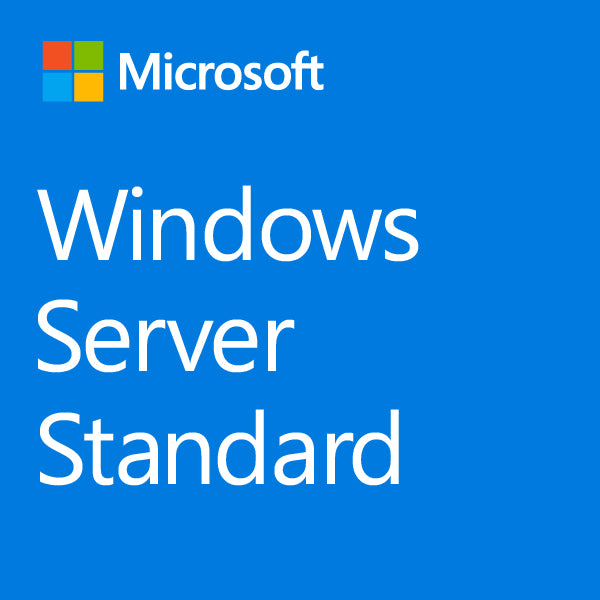
Windows Server Licensing Guide
Understanding efficient Windows Server user licensing.
Understanding Essential Features
Dive into fundamentals of Client Access Licenses (CALs), the permissions required for users or devices to access and use the server's services.
Virtualization
Involves running multiple virtual instances or environments (virtual machines) on a single physical server.
Downgrade Rights
Granted to users or organizations to install and use a previous version of the software, even though they have acquired a license for a newer version.
Local CALs
Your access to applications, desktops, and resources within your local network, facilitating seamless utilization for your work and tasks. This includes:
User CALS
Authorize individual users to access Windows Server resources from multiple devices, providing a flexible and user-centric licensing model.
Device CALs
Grant a specific device the right to access and utilize Windows Server resources, allowing multiple users share a single device.
Remote Desktop Services
Remote Desktop Services (RDS) offers access for users to connect to and interact with a Windows Server from a location outside the server's physical premises. These include:
Retail CALs
Offers cost savings but adds restrictions on reinstallation or transferability.
Non-transferable
Version-specific
Best value (Lowest cost)
CSP
Allows users the flexibility to move or reinstall the software as needed.
Transferable
Downgrade rights (2 previous versions)
Reinstallation rights
Bundle and Save
Bundle your edition of Windows Server with CALs for ultimate savings!

Try Our Licensing Calculator
Our calculator is engineered for effortless licensing choices to uncover the best-fit solution for your server setup. Try it today!
Calculate Licensing NowGet a Free Consultation Today
Talk to one of our licensing experts and find out how we can help find a solution for you!

